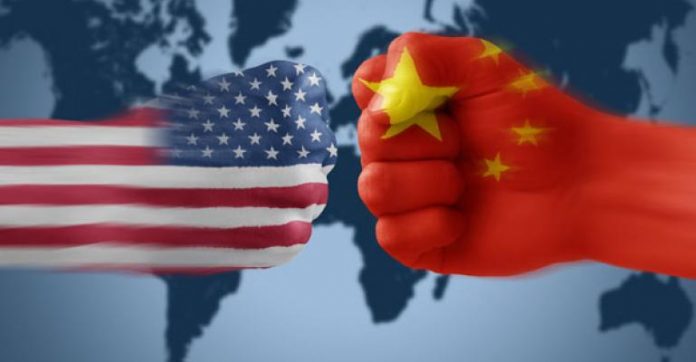BEIJING: Just hours after the Trump administration unveiled a list of $50 billion worth of Chinese goods on which the White House plans to impose 25 per cent tariffs, China hit back with its own list of 106 US items, including soybeans, corn, cars as well as aircrafts, that it would also target with tariffs of 25 per cent if the US does not back down.
The US’s list of 1,333 imports which ranges from aerospace equipment to industrial robots, satellites, semiconductor parts and machinery for everything from railways to biscuit ovens – specifically targets a key Chinese campaign to upgrade its economy called “Made in China 2025”.
That Made in China national plan, designed to turn China into a “manufacturing superpower” by investing in sectors such as IT, new energy vehicles, robotics and other forms of smart manufacturing, may be the real sticking point in a potential trade war between China and the US.
“Made in China 2025 is a must for China,” said an independent economist based in Shanghai. “Thus it will be China’s bottom line. We can negotiate, we can bargain on this, we can impose small punishments on each other but if the US touches on the foundation of Made in China 2025, there will definitely be a large trade war,” she said.
Beijing describes Made in China, first introduced by a Chinese think-tank in 2013 and adopted by the Chinese government in 2015, as an effort to avoid the middle-income trap that developing countries can fall into, and encourage home-grown innovation.
To achieve this, China wants to replace most of the foreign technology it imports with locally made components. China’s 2025 campaign is billed as a way to get the country on par with industrial heavyweights, alongside Germany, South Korea, Japan and the US.
The US and other critics do not see it in the same light. In the conclusion of the US trade office investigation into Chinese trade practices, which was the basis of president Trump’s initial announcement of the tariffs in March, the Made in China policy is mentioned numerous times.
China’s top-down approach to economic planning could also stand in the way. State support encourages companies and local officials to chase subsidies, eventually creating overcapacity, according to senior adviser and China practice lead at the Crumpton Group, Jude Blanchette. “Central planning often gets you a lot of waste,” he said. Still, he believes what can be achieved will have a critical impact. “Made in China 2025 is going to drastically change global value chains and how industries operate, if China gets half of the way, that’s going to have profound repercussions.”

























